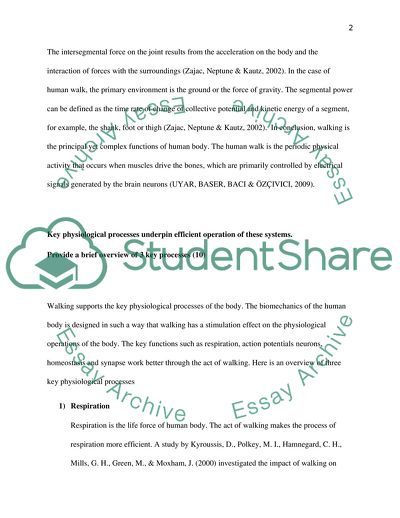Cite this document
(A Variation of Pathologies in the Range of Body Systems Assignment, n.d.)
A Variation of Pathologies in the Range of Body Systems Assignment. Retrieved from https://studentshare.org/health-sciences-medicine/1858782-the-process-of-human-walking-is-a-complex-one-requiring-co-ordinated-interactions-between-multiple-body-systems
A Variation of Pathologies in the Range of Body Systems Assignment. Retrieved from https://studentshare.org/health-sciences-medicine/1858782-the-process-of-human-walking-is-a-complex-one-requiring-co-ordinated-interactions-between-multiple-body-systems
(A Variation of Pathologies in the Range of Body Systems Assignment)
A Variation of Pathologies in the Range of Body Systems Assignment. https://studentshare.org/health-sciences-medicine/1858782-the-process-of-human-walking-is-a-complex-one-requiring-co-ordinated-interactions-between-multiple-body-systems.
A Variation of Pathologies in the Range of Body Systems Assignment. https://studentshare.org/health-sciences-medicine/1858782-the-process-of-human-walking-is-a-complex-one-requiring-co-ordinated-interactions-between-multiple-body-systems.
“A Variation of Pathologies in the Range of Body Systems Assignment”. https://studentshare.org/health-sciences-medicine/1858782-the-process-of-human-walking-is-a-complex-one-requiring-co-ordinated-interactions-between-multiple-body-systems.


